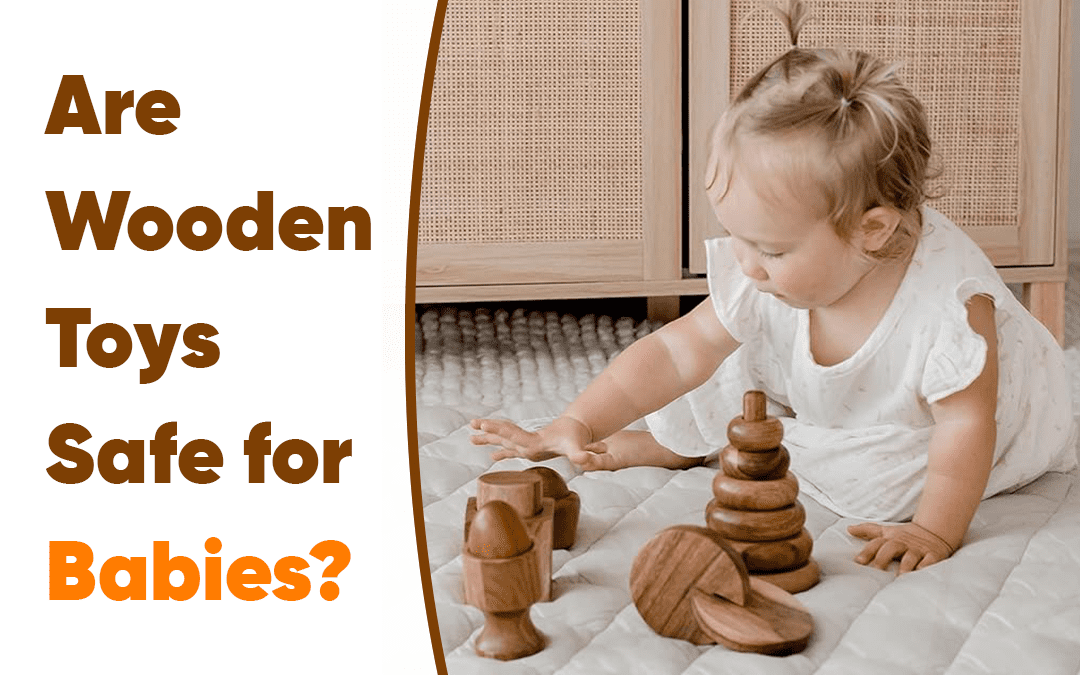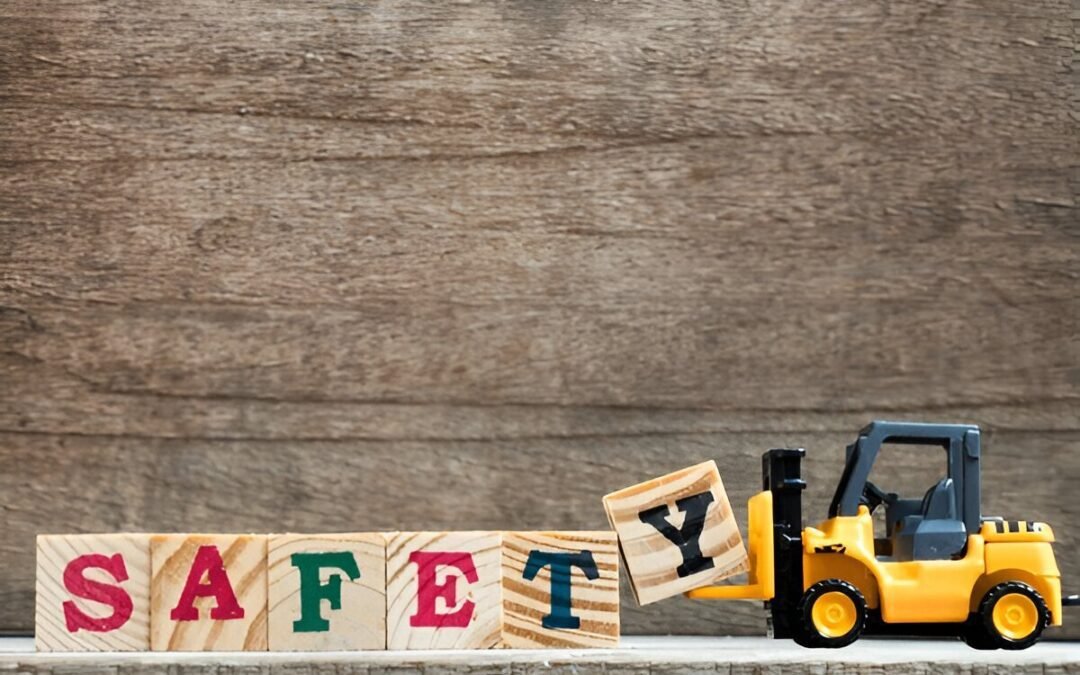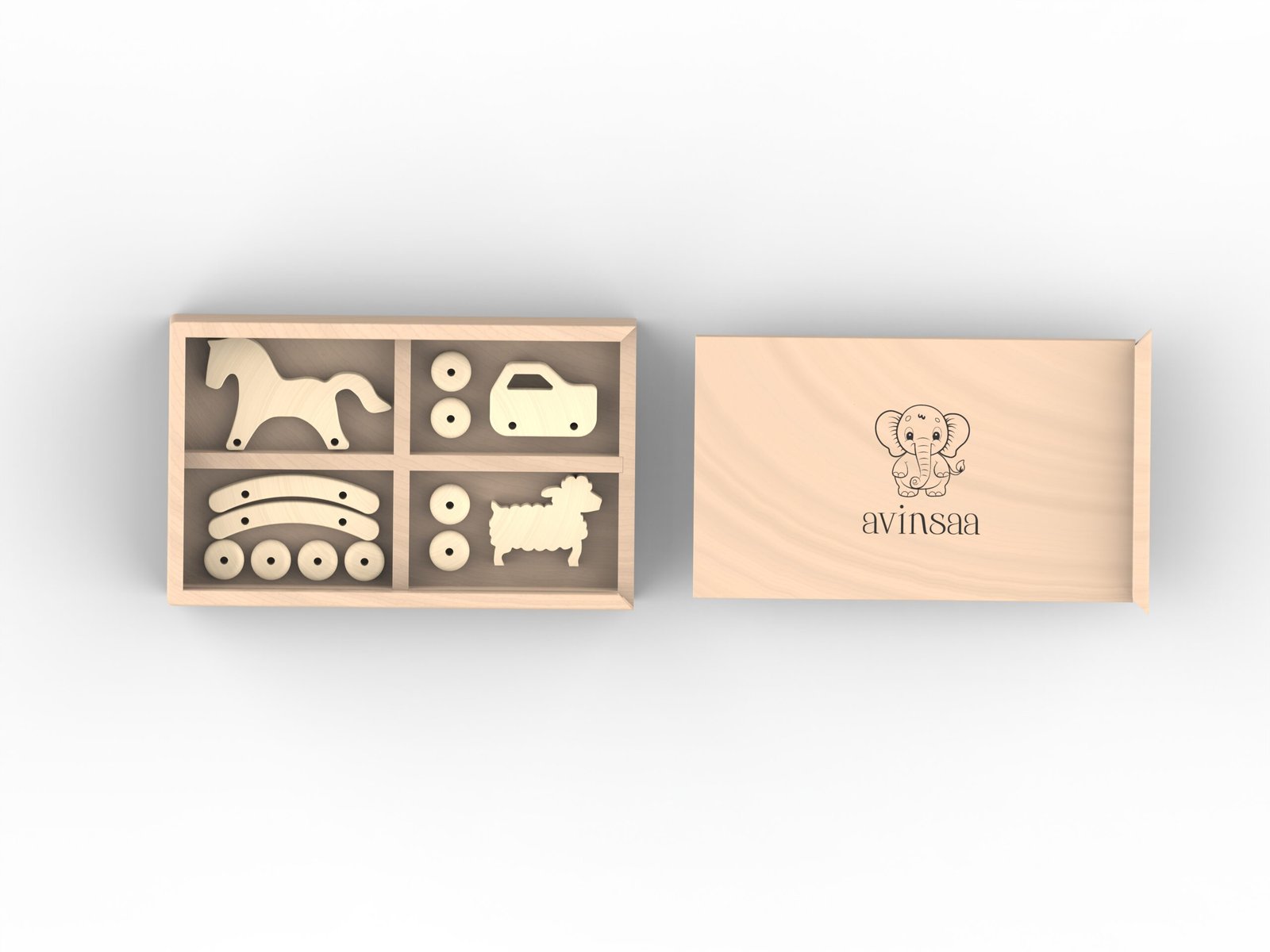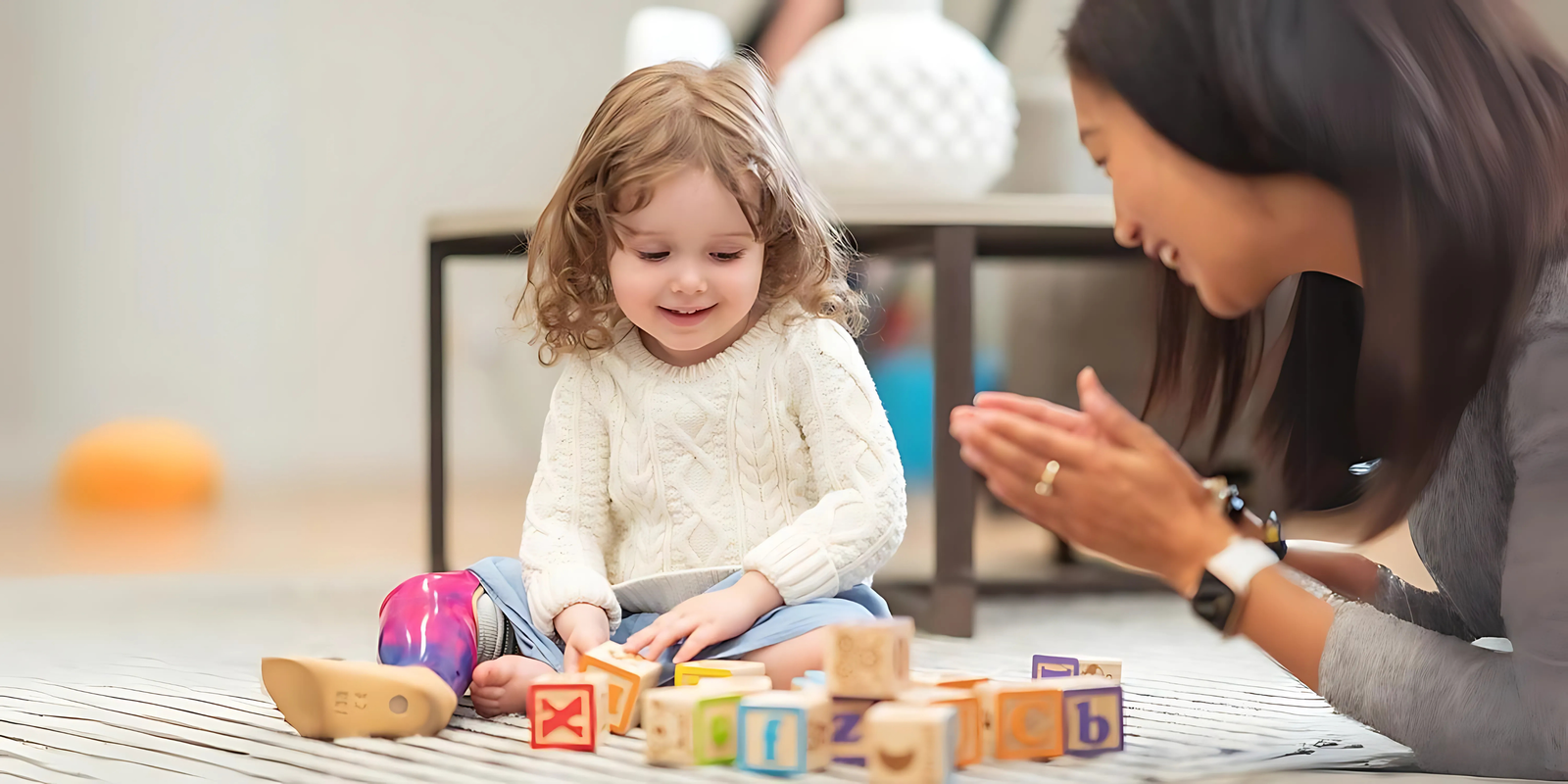
Once your baby begins pulling themselves up, you’ll likely receive numerous walker recommendations from friends, family, or social media. But what’s the real deal with baby walkers? Are they aligned with Montessori principles? Are they recommended for development? And most importantly, are they truly necessary?
Commercial Walkers :
Commercial walkers and other movement aids can impede a child’s development in similar ways. They enable quick mobility, which may discourage the child from trying to walk independently when not using the walker. Additionally, these devices can mislead a child about their spatial awareness and body movement, creating confusing signals about how their legs should function, which may need to be corrected later.
As noted by Dr. Lisa Green in Early Childhood Insights: A Global Perspective on Montessori Methods, these aids can interfere with a child’s natural development and understanding of movement.
Note : Commercial baby walkers can impede a child’s independence by requiring adult assistance, present safety risks due to their speed, and disrupt their understanding of physical boundaries, complicating natural
development and motor skills.
Montessori-Friendly Walker :
A Montessori-friendly wooden walker wagon allows your child to practice walking independently. While you may need to turn the wagon at the end of its path, these push-and-pull toys are enjoyable and support your child’s motor skill development without rushing their growth. —Adapted from Montessori Early Childhood Principles
Choosing a walker :
Key Factors to Consider :
Stability:
Opt for a wagon with a heavy base and wide handle. For added stability, I use V2’s walker wagon as a book cart, which helps weight it down. I also prefer a high base to prevent the baby’s feet from getting caught in gaps while moving.
Wheels:
Look for wagons with wheels that have stoppers or are adjustable to control their speed and prevent them from moving too quickly.
Simplicity:
Some walkers come with activity boards featuring various toys, music, and lights. I recommend choosing a simple wooden wagon with minimal distractions to keep the focus on walking practice.
Is a Walker Wagon Necessary for Your Child’s Development?
Our wooden walker from Avinsaa is budget-friendly, easy to maneuver,and durable.
Wooden walkers are often considered a “nice-to-have” rather than a necessity. Safe alternatives can easily support your child’s exploration and movement needs, with or without a wooden walker.
Conclusion
In conclusion, while a wooden walker from Avinsaa offers benefits like affordability, ease of use, and durability, it is not an essential item. There are various safe alternatives available that can effectively support your child’s development and movement needs, whether or not you choose to use a wooden walker.






